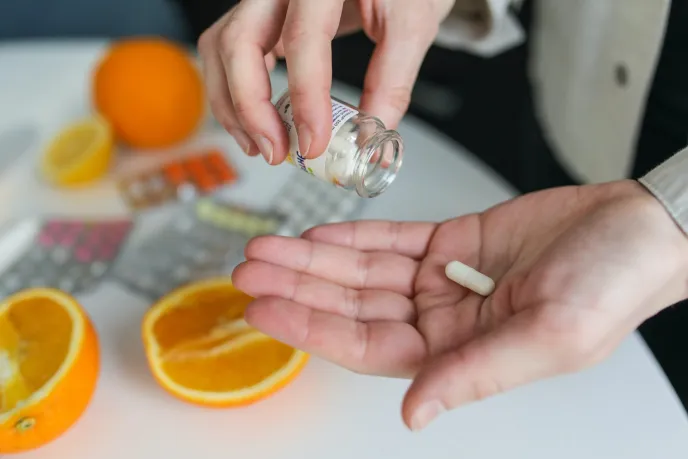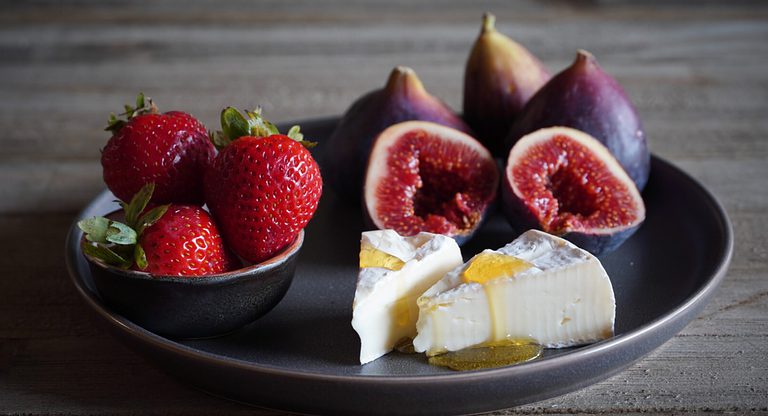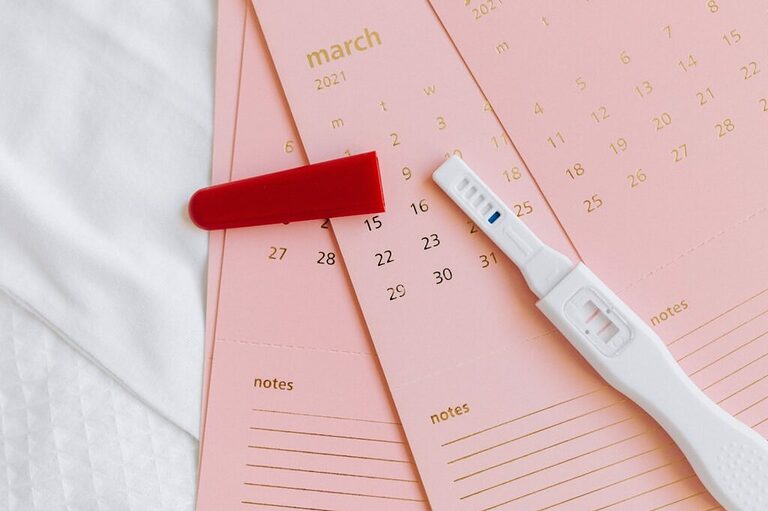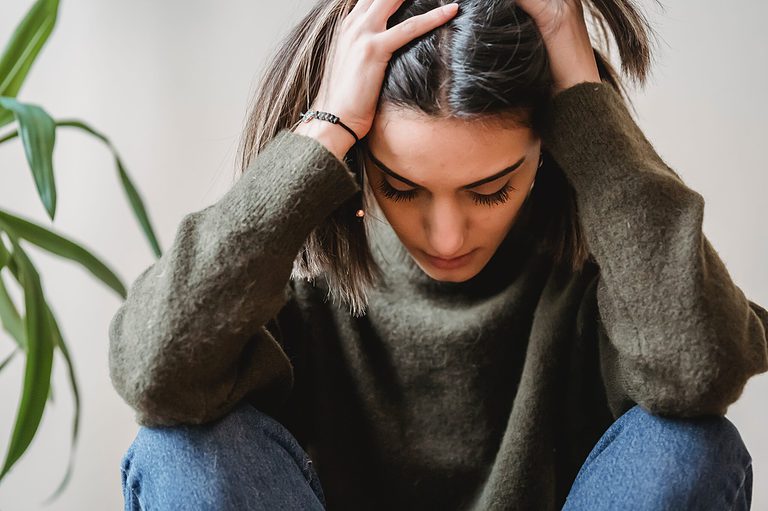Given 1 in 10 women are living with endometriosis and it has been a whole year since my last blog post dedicated to a diet tailored towards endometriosis, I thought it was time for a part 2 blog discussing the latest recommendations for nutrition in endometriosis.
As I mentioned in part 1, endometriosis is a chronic inflammatory condition where the endometrium grows outside the uterus, causing organs to stick to each other or to the abdominal wall or forming large cysts which can rupture or the patches or cysts may shed a lining each month, just like the endometrium in your uterus, contributing to the pain associated with endometriosis.
Unfortunately, the cause or risk factors are not well-understood, it may be related to an immune system issue, the gut microbiome and genetics (you’re more likely to have endo if your mum, sister, aunt or cousin has it) alongside some other factors such as environmental exposures, long exposures to oestrogen (starting your period younger, for example) could also be at play too.
There is no cure for endometriosis, only management, so following a lifestyle pattern that helps support pain reduction and manages symptoms can be a very important part of your treatment plan.
So, here are some more lifestyle changes that have been shown to help manage the symptoms associated with endometriosis:
(1) Phytoestrogens
What-estrogens? Phytoestrogens are naturally occurring in plants that act like a weaker version of estrogen, meaning it can bind to the same receptors in the body. Unfortunately, oestrogen contributes to endometriosis growing, so you may want to consider how much soy foods you are eating across the day and week. Think – soybeans like edamame, tofu, miso and tempeh.
Unfortunately, this has not been specifically researched in an endometriosis population just yet. According to a case-control study, there wasn’t any evidence to show that phytoestrogen in the urine was associated with a higher risk of developing endometriosis. However, in terms of its impact of women already diagnosed and their symptoms, the jury is out (Mumford et al., 2017).
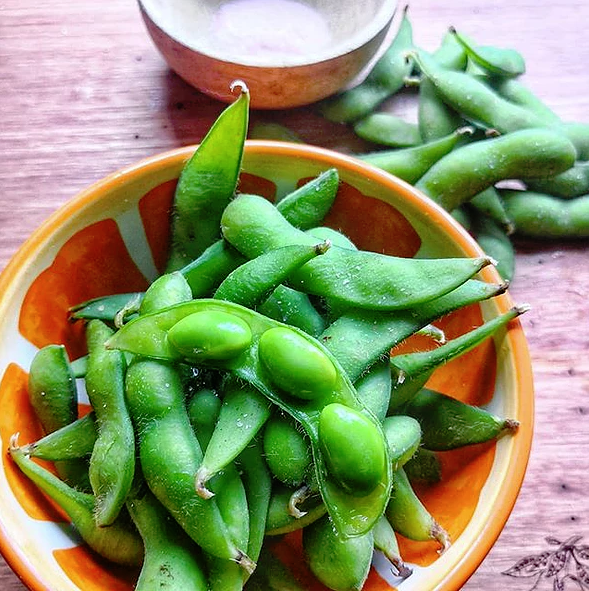
Don’t worry, it doesn’t mean you need to avoid the word soy in every product you pick up off the supermarket shelf, just consider the major sources and find some replacements. If you eat meat and fish, consider oily fish, and small portions of lean red meats to help replenish iron after a heavy period.
Obviously, if you’re vegan, this is a massive source of protein at stake, so before you change anything go and speak to an Accredited Practising Dietitian knowledgable in the endometriosis area first!
You can read more about soy foods in my blog post.
(2) Extra Virgin Olive Oil
I know I go on and on about extra virgin olive oil (fondly known as EVOO) but I honestly consider it a staple in any diet, but especially if you are living with endo. EVOO (compared to virgin or regular olive oil) contains a much higher antioxidant and polyphenol content such as vitamin E, squalene and oleocanthal which is helpful for boosting the anti-inflammatory component of your diet.
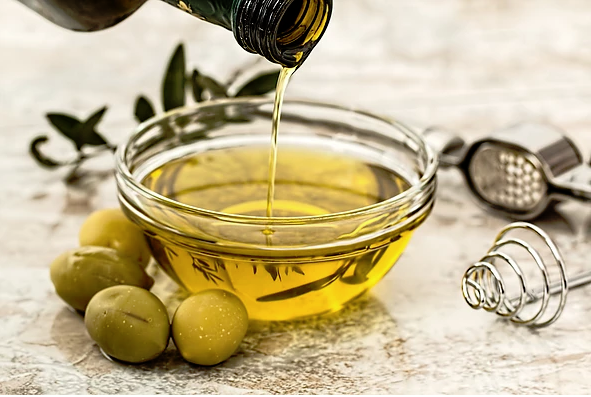
Oleocanthal is a phenol found in extra virgin olive oil that has been studied for its unique anti-inflammatory characteristics similar to ibuprofen! Which happens to be a popular over-the-counter pain medication used in women with endometriosis! No studies have looked at the impact of oleocanthal in endometriosis, but there has been studied benefits in other inflammatory diseases (Parkinson & Keast, 2014).
Oleocanthal found in extra virgin olive oil has similar anti-inflammatory characteristics as ibuprofen
Plus, EVOO forms an important part of the Mediterranean diet and helps absorb fat-soluble vitamins like vitamins A, D, E & K, as well as some fat-soluble antioxidants like lycopene.
(3) Brassica or Cruciferous Veggies
Cruciferous vegetables include broccoli, cauliflower, Brussel sprouts, turnips, kale, cabbage, bok choi are not only a fabulous source of fibre and helps to get your veggies in, BUT, they are also been studied to help support lowering oestrogen levels (Fowke, 2000, Fujioka, 2016).
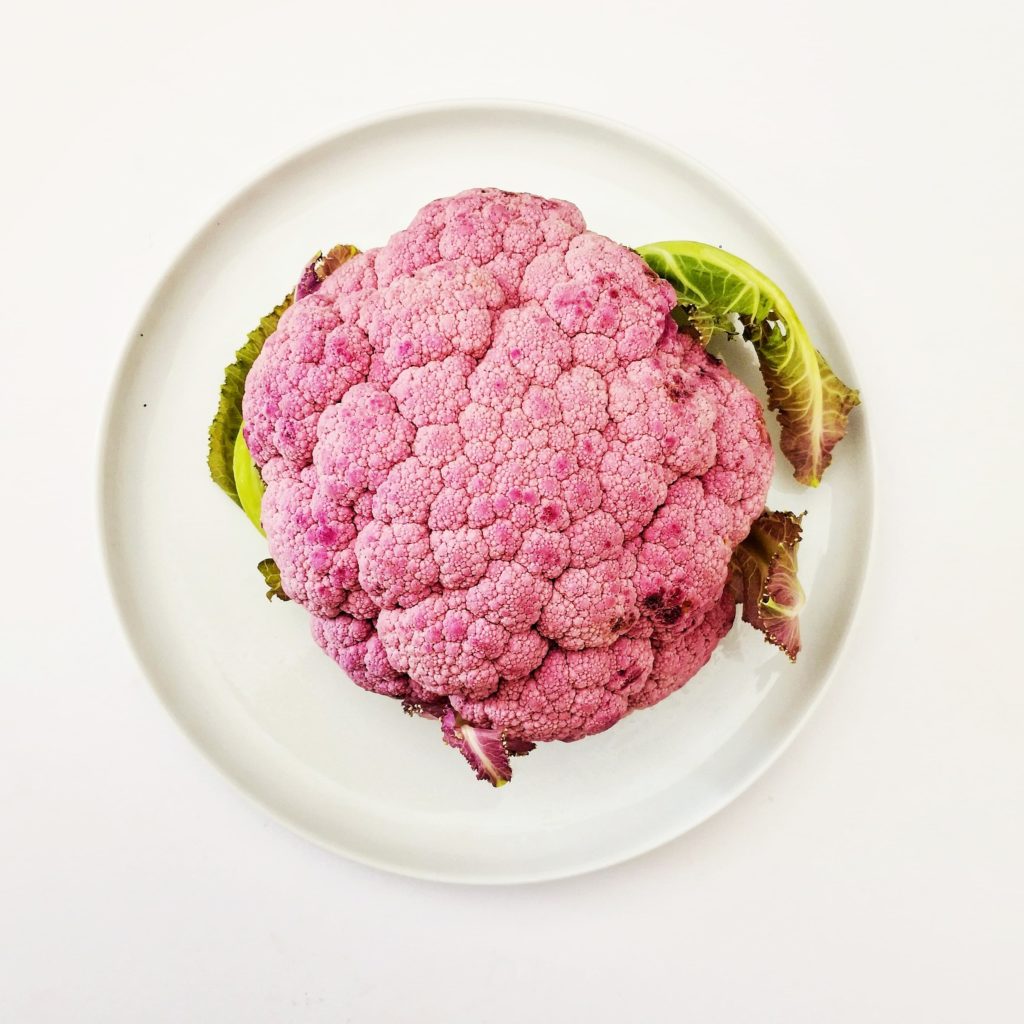
Of course, loading up on any and all veggies is great for your health, wellbeing and mood too but be sure you feature some of these veggies to support oestrogen removal, combined with enough fibre to help bind it and move it through the bowels into the toilet!
(4) Mediterranean Diet
I have raved on and on about the Mediterranean diet before over on my Instagram and Facebook pages before. It isn’t in fact, a “diet”, it is an eating pattern or way of eating (which is what diet USED to mean, by the way).
The key aspects of the Mediterranean eating pattern include:
- Plenty of vegetables daily
- Legumes & beans daily
- Nuts & seeds daily
- Main fat used is EVOO (of course)
- Seafood including fish
- Smaller amounts of poultry, egg, lamb and goat
- Pork & beef is eaten infrequently
- Fruit is dessert, sweets are occasional
- Honey is used to sweeten food
- Wine in small amounts with meals and social engagement
- Physical movement is simply a part of daily life
There is some preliminary research that has shown that the Mediterranean diet for women with endo reduced pain associated with periods, sexual intercourse and passing bowel motions (Wenzl, Ott & Huber, 2011). We know from the research that this eating pattern is great for your heart and fertility too, so there is probably only benefits for starting to adopt this way of eating and lifestyle.
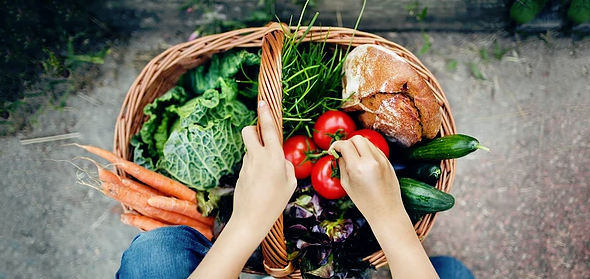
Want to know more about the Mediterranean diet in endometriosis and fertility? Check out my article written for the Olive Wellness Institute.
(5) Gluten-Free Diet
Word of caution: please do NOT attempt to fly solo or unsupervised on a gluten-free diet, even if it’s short term, PLEASE go and see your GP and a dietitian beforehand, they are happy to explore the options with you!
There has been some evidence to suggest that a gluten-free diet can help with the symptoms of endometriosis for women. Gluten is a protein found in wheat, barley, rye (and if you’re a Coeliac in Australia, oats too). A group of 270 Italian women trialled a gluten-free diet for 12 months, and showed that 75% reported a significant improvement in their pain symptoms with improved general physical health and mental health outcomes improving for all women (Marziali, et al., 2012).
This has been repeated in the UK with other similar sized groups of women for a period of 3 months with a reported pain reduction of about 50% (Shepperson-Mills, 2011).
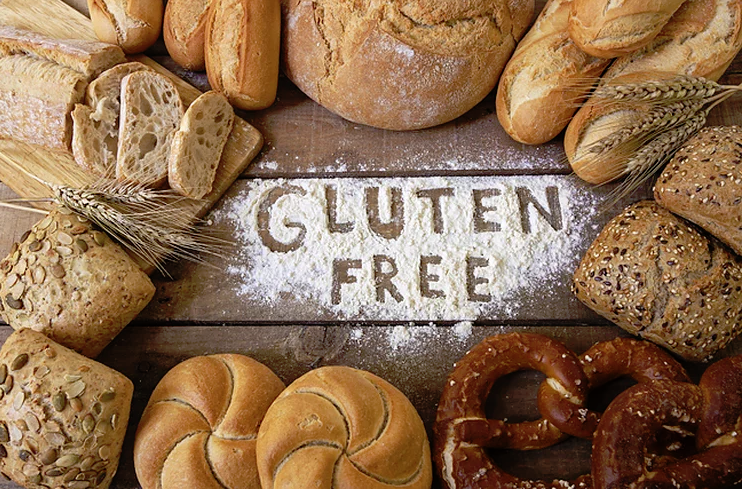
Why? It is hard to know, could it be a non-Coeliac gluten sensitivity, undiagnosed Coeliac disease, or perhaps a reduction in the FODMAP content of the diet, namely fructans, that reduces the bowel symptoms for women and associated abdominal and pelvic pain. These are all just ideas, the mechanism is not yet known!
There are risks of following a gluten-free diet long-term, including not getting in enough fibre (which may be at a detriment to your bowel health and endometriosis in general) as well as some key nutrients such as folic acid, a critical B vitamin for women of reproductive age and iodine too. So be sure you are working with a knowledgable dietitian to ensure you get what you need during this gluten-free trial period to ensure it works for you!
Do you have endometriosis and want to take back some of the control of your condition by understanding what lifestyle changes actually make a difference? Book yourself in for an obligation-free discovery call to learn how working together can help improve your symptoms!


